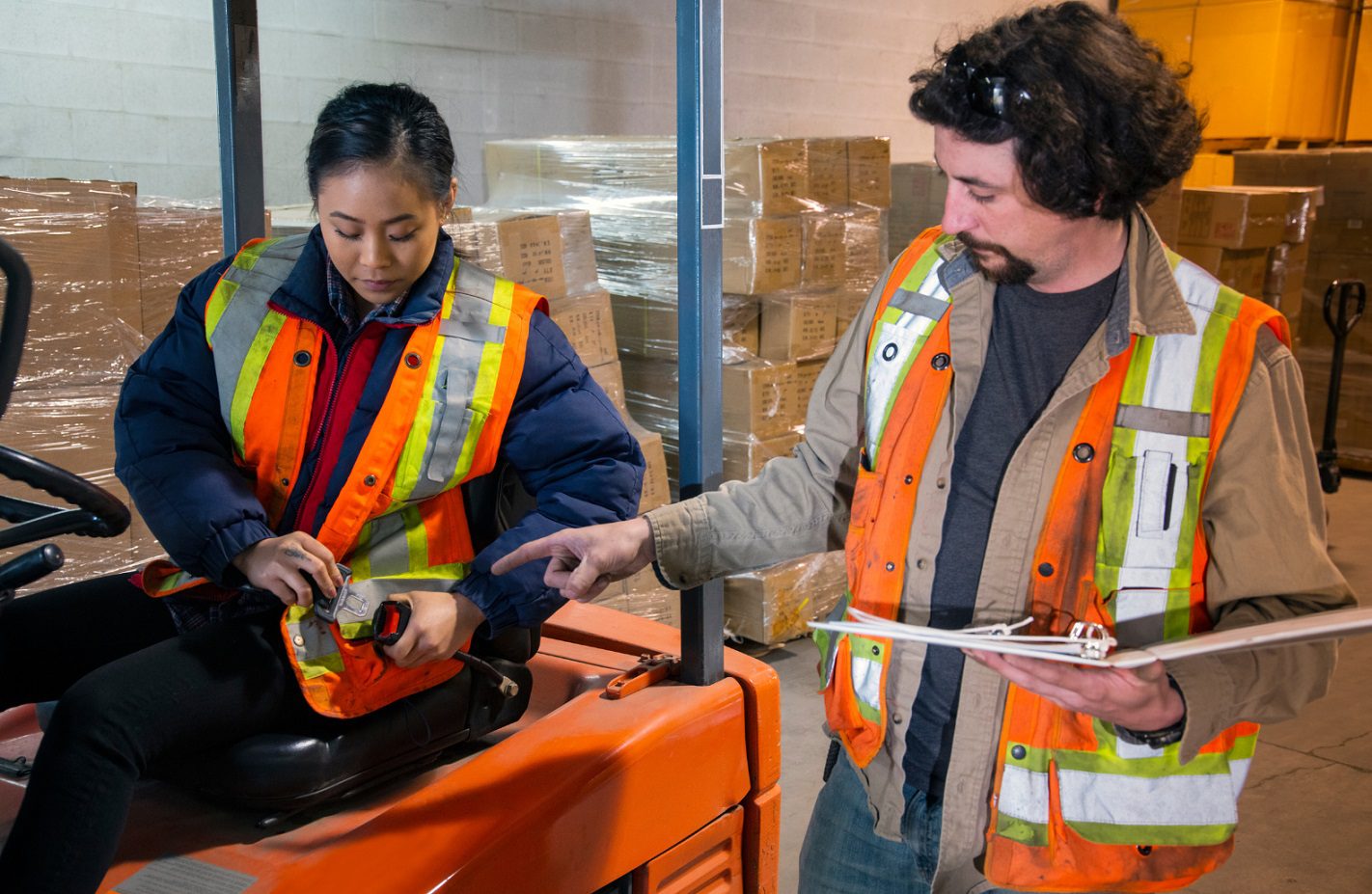The cost of workplace injuries: Importance of workplace safety training
Published on Posted onPlease note that this post was written for Queensland audiences and the information within may not apply to other regions.
Workplace incidents often happen in a matter of seconds and can leave long-term consequences in their path.
The direct costs of physical, mental and financial impacts on the injured person and their families are just the tip of the iceberg. There are also financial ramifications on the Australian economy, reduced business productivity and output, and reputational costs just to name a few.
In fact, according to Safe Work Australia, the cost of work-related injury and disease is upwards of $60 billion a year.
We often hear about employers failing to provide adequate training on how to use equipment, or blatantly telling employees to cut corners to get the job done quicker. And we can tell you – it never ends well.
Failure to train new staff, or regularly assess hazard risks are some of the top causes we see for work-related injuries resulting in a WorkCover claim. Rest assured, it is your boss’s responsibility to train you on your work duties as part of their duty of care to you and others.
Read more about how to report workplaces and unsafe practices.
Failing to provide appropriate workplace training consequences
Workplace training and induction are sometimes wrongly viewed as unnecessary business costs, and some employers tend to avoid them thinking it’s all just common sense.
Not only are there significant penalties for breaches to work health and safety law, the true cost when things go wrong and appropriate training wasn’t provided, is much higher – as found in the Queensland case of Bunker v Consolidated Meat Group Pty Ltd.
In this case, the worker had suffered a serious injury to his back when being asked to move between 60kgs to 110kgs of meat onto a conveyor belt.
Although the injured worker had signed documents stating he had completed a safety induction, it was found he was in fact not provided with any instructions about lifting or the risks involved by his employer, and as a result, was awarded more than $880,000 in compensation as he could no longer work in the field he was trained.
Benefits of regular workplace health and safety training
While the type of training required will vary depending on the type of work you do, one thing that should be universally taught is work health and safety training.
If it wasn’t clear already, it’s an important part of efforts to avoid and reduce workplace injury, illness and death. And other than being mandated by law, evidence shows that a safe workplace with regular training:
- Boosts good worker health and well-being (both physical and psychological)
- Increases knowledge, skills and job satisfaction
- Increases morale and productivity
- Reinforces workplace practices
- Improves business performance
- Reduces costs and time wasted
After all, an unhealthy and unsafe workplace is deemed to be at higher risk of being hit with WorkCover and public liability insurance claims for negligence, higher insurance premiums and replacement labour costs.
When should you receive workplace health and safety training?
Work health and safety training is not something you can read about once, cross off your list and comfortably say you know everything.
Your employer needs to keep up to date by regularly managing risks in the workplace, conducting workplace inspections, and taking care of physical, chemical, ergonomic, seasonal, and also psychosocial hazards, and making changes where necessary.
Whether it be regular equipment maintenance, mental health support or employee training – it’s not just recommended, but a legal requirement of your employer. It could even be as simple as regular reminders of how to sit properly, or why you should always wear protective gear working in high-risk spaces.
In fact, according to Safe Work Australia workplace health and safety training is legally required to be provided at multiple stages:
- At an employee induction
- When you buy new equipment
- When jobs or the work environment changes
- When there are new laws
- After a work incident
Read more about working from home safety and your entitlements.
What should you do if your employer refuses to or doesn’t give you training?
As touched on above, if your employer fails to train you on how to use equipment, or even fails to provide you with appropriate PPE, they have failed in their duty of care. And if an injury or illness arises because of this, you may be able to make a common law workers’ compensation claim.
It’s worth noting, however, that the law also requires you as an employee to take reasonable care to protect your own health and safety as well. So be sure to follow instructions, comply with the health and safety policies, and report any hazards.
Read more things you should know about WorkCover claims in Queensland and things to know about making a WorkCover claim in Victoria.


